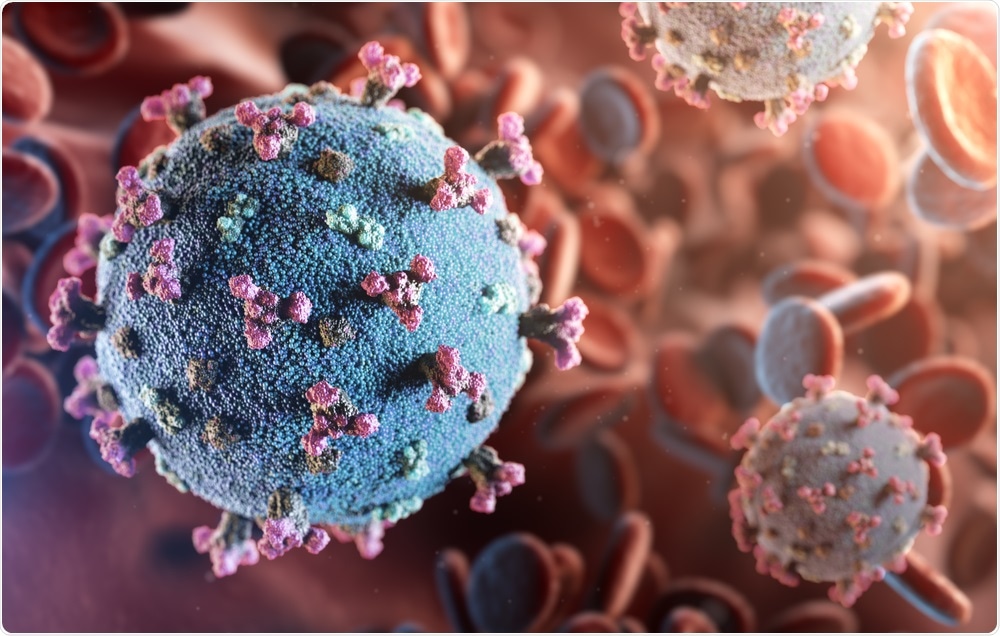The genome engineering company Synthego has teamed up with The Krogan Laboratory, a leading scientific research unit at the Quantitative Biosciences Institute (QBI) of the University of California, San Francisco (UCSF), to provide multiple CRISPR-based engineered cell lines to speed up the analysis of promising treatment targets for SARS-CoV-2—the novel coronavirus responsible for causing the COVID-19 disease.

Image Credit: creativeneko/Shutterstock.com
In a study reported in the Science journal, the consortium of scientists utilized the cells engineered by Synthego to target over 300 genes that are interacted by the coronavirus within a human cell.
Utilizing Synthego’s industry-leading CRISPR-based genome engineering platform was essential in accelerating our research at QBI's Coronavirus Research Group. The precision and reproducibility of CRISPR were key to helping us study how SARS-CoV-2 affects cellular pathways and ultimately causes disease, enhancing our validation of promising therapeutic targets that may offer broad protection against infection from coronaviruses.”
Dr Nevan J. Krogan, Professor, University of California, San Francisco
Dr Krogan is also the Director of QBI and a senior investigator at the Gladstone Institutes.
In this collaborative effort, Synthego joined private and academic sector investigators from UCSF, QBI’s Coronavirus Research Group (QCRG), Gladstone Institutes, EMBL’s European Bioinformatics Institute (EMBL-EBI) in Cambridge, England, Georgia Institute of Technology, the Icahn School of Medicine at Mount Sinai in New York, Institut Pasteur in Paris, the University of Freiburg in Germany, and the University of Sheffield in the United Kingdom.
Synthego was inspired by UCSF’s Nature publication titled, “A SARS-CoV-2 Protein Interaction Map Reveals Targets for Drug-Repurposing,” and therefore extended its proficiency and platform technologies to verify the targets recognized in the study by editing genes as a series and individually.
This method showed the type of genes and cellular pathways that are crucial for the coronavirus to infect and grow within the human cells through infectivity analysis.
Contributing to the critical work of an international team of almost 200 researchers from 14 leading institutions in six countries has been a tremendous honor. Recent publications, combined with our upcoming World CRISPR Day, highlight our growing scientific expertise and leadership in applying the latest genome engineering platform innovations to advancing life sciences research and clinical development.”
Kevin Holden, Study Co-Author and Head of Science, Synthego
At Synthego’s forthcoming World CRISPR Day symposium, Dr Krogan will provide more details about the Science article and the collaborative effort. The symposium will also feature a keynote address from Jennifer Doudna, PhD, a Nobel Laureate.
Source:
Journal reference:
Gordon. D. E., et al. (2020) Comparative host-coronavirus protein interaction networks reveal pan-viral disease mechanisms. Science. doi.org/10.1126/science.abe9403.